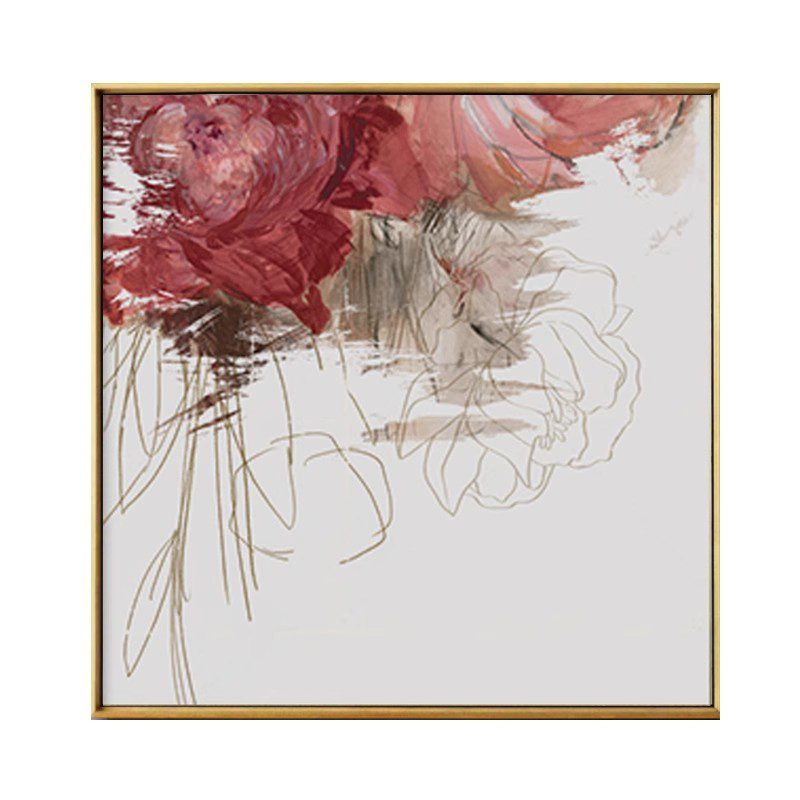Integrating Folk Culture into Hand-Painted Oil Art: A Creative Exploration
The fusion of folk cultural elements with hand-painted oil art creates a vibrant dialogue between tradition and contemporary expression. This approach not only preserves intangible heritage but also reimagines it through modern visual languages, offering audiences a fresh perspective on age-old narratives. By incorporating motifs, symbols, and techniques rooted in local customs, artists can craft pieces that resonate deeply with cultural identity while appealing to global aesthetics.
Symbolic Motifs as Cultural Storytellers
Folk cultures are rich with symbols that carry layered meanings, from spiritual beliefs to historical events. Artists often draw inspiration from these motifs, adapting them into oil paintings to create narratives that transcend time. For example, a canvas might feature intricate patterns inspired by traditional textiles, such as geometric shapes representing cosmic order or floral designs symbolizing fertility. In some works, mythical creatures like dragons or phoenixes are reimagined in bold, abstract forms, their scales or feathers rendered with thick impasto strokes to emphasize their mythical significance. These adaptations ensure that cultural symbols remain relevant while inviting viewers to decode their hidden stories.
Traditional Techniques Meet Modern Execution
The process of integrating folk culture into oil art often involves revisiting ancestral painting methods and reinterpreting them through contemporary tools. Some artists study ancient mural-making techniques, such as layering pigments derived from natural materials, and combine them with oil mediums to achieve unique textures. Others experiment with gilding, a traditional method of applying gold leaf, to highlight sacred elements in a composition. For instance, a scene depicting a folk festival might use gold accents to emphasize ceremonial costumes or ritual objects, creating a sense of reverence. By blending these techniques with modern brushwork or palette knife applications, artists bridge the gap between past and present.
Color Palettes Rooted in Cultural Significance
Colors in folk art are rarely arbitrary; they often hold specific cultural or spiritual connotations. Artists incorporating these traditions into oil paintings carefully select hues that align with their intended message. Red, commonly associated with joy and prosperity in many Asian cultures, might dominate a composition celebrating a harvest festival, while earthy tones like ochre or sienna evoke a connection to the land. In some cases, contrasting colors are used deliberately to create visual tension, such as pairing deep black with vibrant yellow to symbolize the balance between darkness and light in folk cosmology. These choices not only enhance the aesthetic appeal but also deepen the cultural context of the artwork.
Dynamic Compositions Inspired by Folk Narratives
Folk stories, legends, and rituals provide endless inspiration for dynamic compositions. Artists often structure their paintings around key moments from oral traditions, using visual elements to guide the viewer’s eye through the narrative. For example, a scene depicting a traditional dance might feature swirling figures arranged in a circular pattern, mimicking the rhythm of the performance. Diagonal lines or fragmented perspectives could be employed to convey movement, while empty spaces might represent the unknown or the divine. Some works even incorporate multiple layers of imagery, allowing different stories to coexist within a single frame, much like the layered meanings found in folk epics.
Preserving Intangible Heritage Through Visual Innovation
By embedding folk culture into hand-painted oil art, creators play a crucial role in safeguarding intangible heritage. This practice ensures that traditional stories, beliefs, and practices are not lost to time but are instead recontextualized for new audiences. For instance, an artist might paint a series exploring endangered folk rituals, using oil art to document costumes, gestures, and settings before they disappear. These works serve as both artistic expressions and historical records, fostering appreciation for cultural diversity. Moreover, when exhibited internationally, they spark conversations about the importance of preserving global heritage in an increasingly homogenized world.
The marriage of folk culture and oil art is a testament to the enduring power of tradition when reimagined through creative innovation. It challenges artists to look beyond their immediate surroundings and draw from the collective wisdom of generations, resulting in pieces that are both deeply personal and universally relatable. Through this lens, hand-painted oil art becomes a vessel for cultural continuity, ensuring that the voices of the past continue to inspire future generations.
